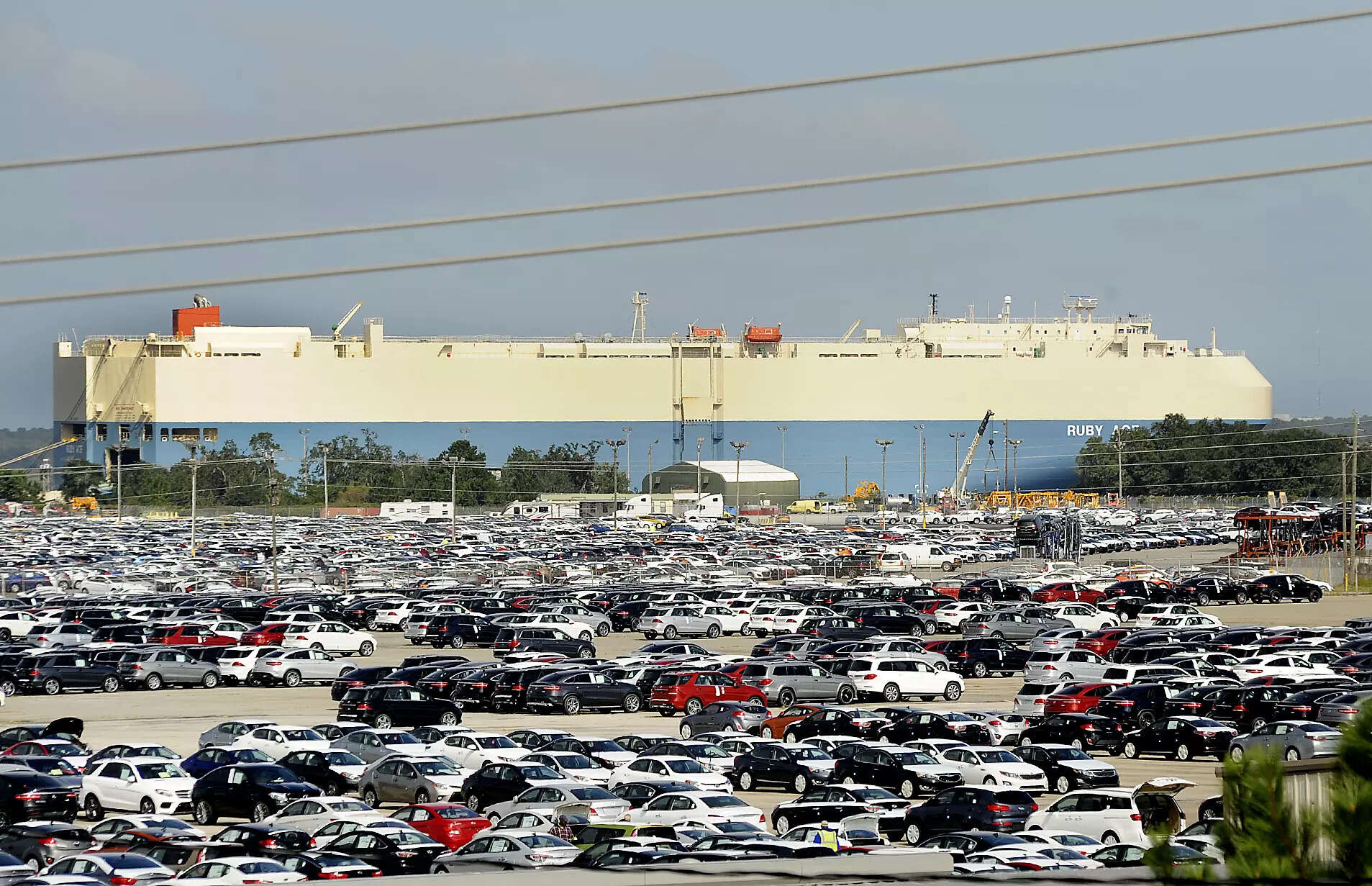
The Georgia Ports Authority reported Tuesday that April was its busiest month ever for automobile shipments as the Port of Brunswick took in thousands of additional car and truck imports that needed rerouting from Baltimore in the aftermath of its deadly bridge collapse.
The second-busiest U.S. port for autos, Brunswick moved more than 80,000 vehicles and heavy machinery units across its docks last month, a whopping 44% increase compared with April 2023.
The surge included 9,000 automobile imports and 1,000 pieces of heavy machinery that were diverted from the Port of Baltimore, the nation’s top auto port. Baltimore has been closed to most ships since the Francis Scott Key Bridge collapsed March 26, killing six people, after a container ship crashed into one of its columns.
The Brunswick port, located 70 miles (112 kilometers) south of Savannah, had plenty of room to absorb the additional autos, said Griff Lynch, CEO of the Georgia Ports Authority.
The agency’s board is investing USD 262 million in upgrades and expansions to boost Brunswick’s capacity. Completed projects include 80 acres (32 hectares) of additional outdoor storage and 450,000 square feet (41,800 square meters) of new warehouse space.
“We’ve expanded so much in Brunswick, I would say that it did not stretch us,” Lynch said. “We’ve got a tremendous amount of capacity down there.”
It wasn’t just the Baltimore shutdown that drove additional autos to Georgia. The Brunswick port had its second-busiest month on record for autos and heavy machinery in March, which had mostly passed before the bridge collapse.
Auto shipments to Georgia have been booming since last year, when U.S. auto sales saw their biggest increase in a decade. That led to the Port of Brunswick handling a record 775,000 automobiles and heavy machinery units in calendar year 2023.
Lynch said he expects the 2024 fiscal year that ends June 30 to be even stronger, exceeding 800,000 auto and machinery units.
The impact of the Baltimore shutdown should be over by then. The damaged ship Dali was refloated and escorted back to port by tugboats Monday. A controlled demolition earlier this month broke down the largest remaining span of the collapsed bridge. Baltimore’s port director says the shipping channel will be cleared to its full 700-foot (213-meter) width sometime in June.
“The Baltimore thing will now subside,” Lynch said of Georgia’s auto import influx from the shutdown to the north. “I would think in the next couple of weeks, we’re done.”

